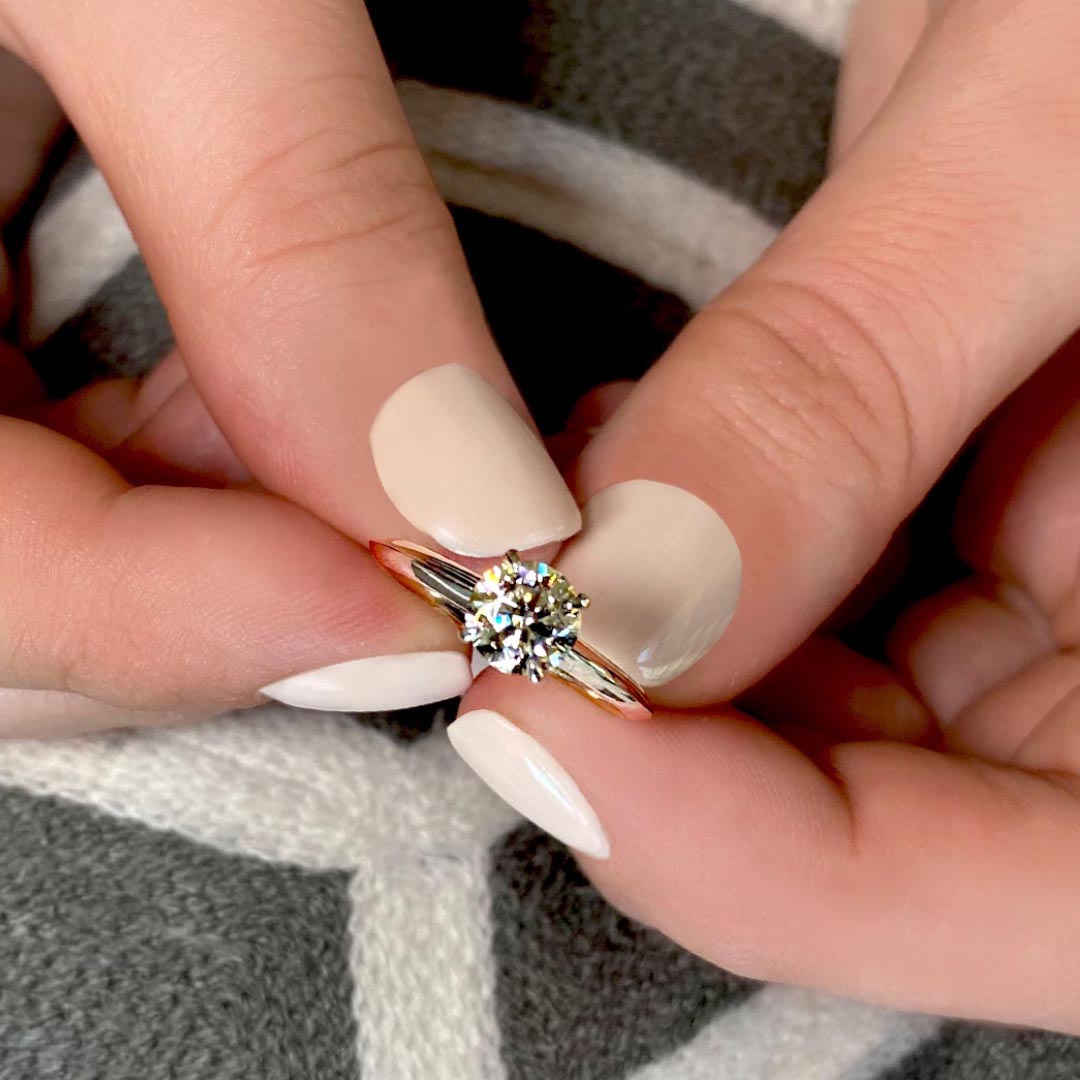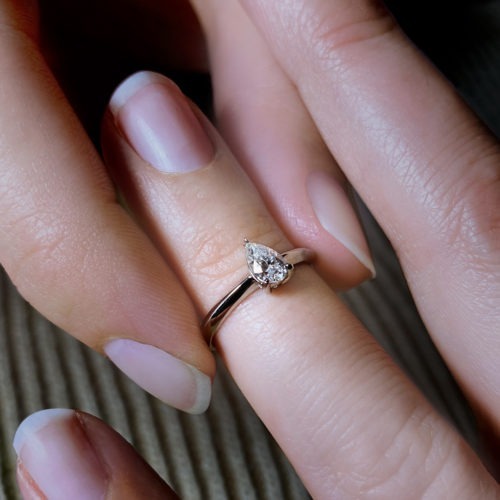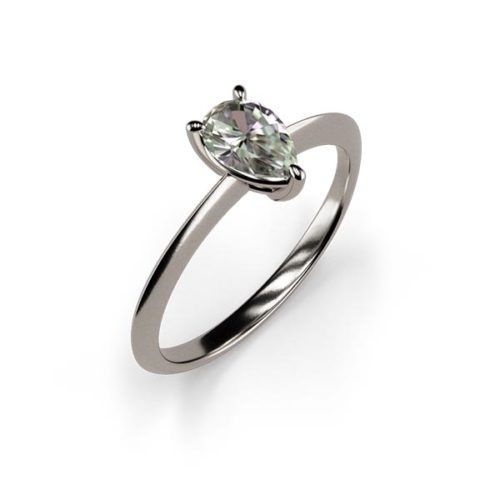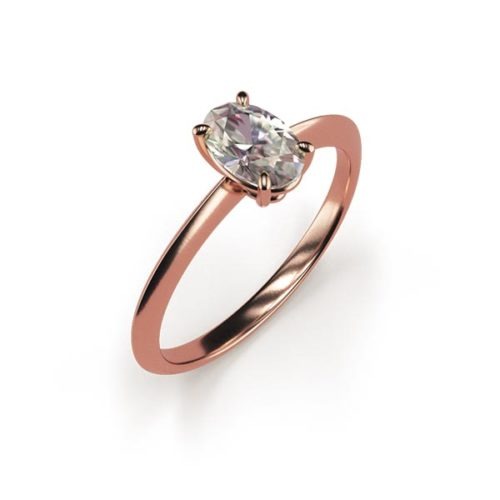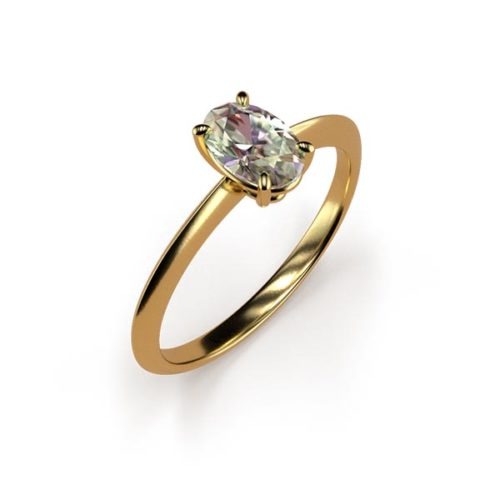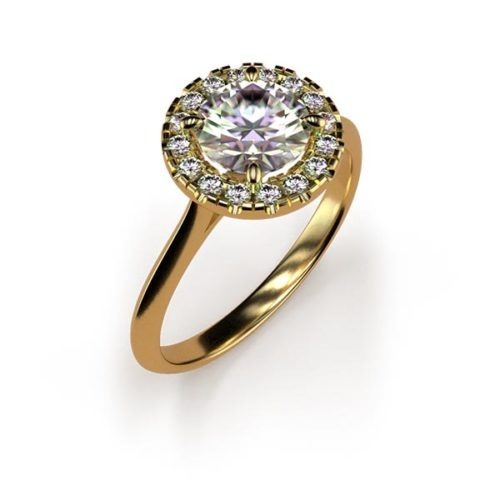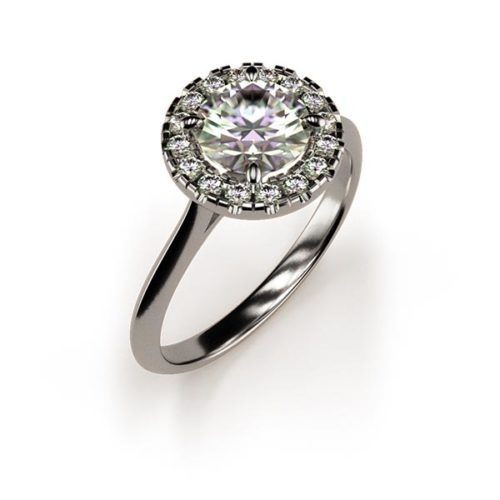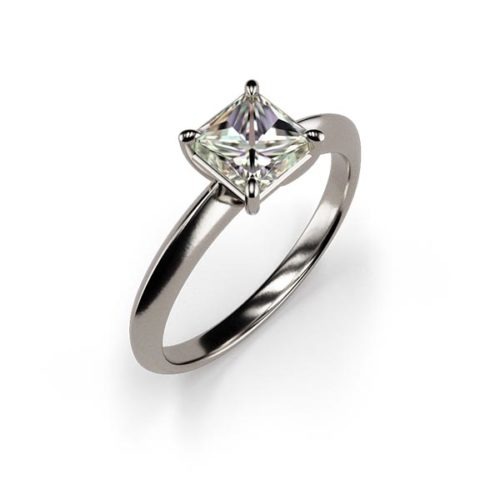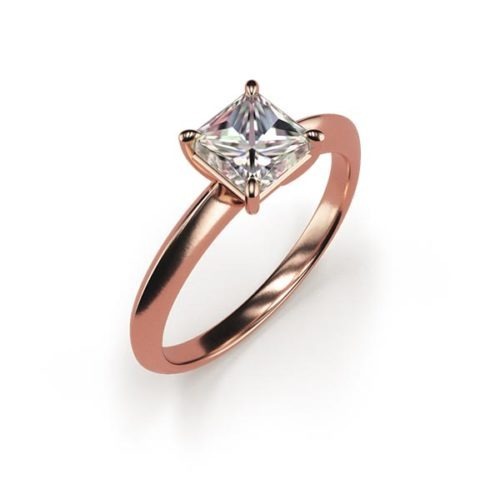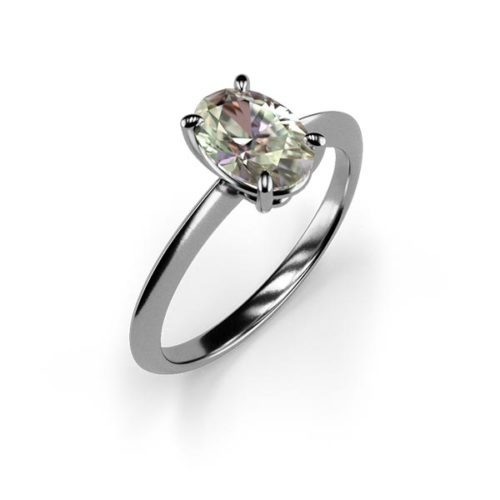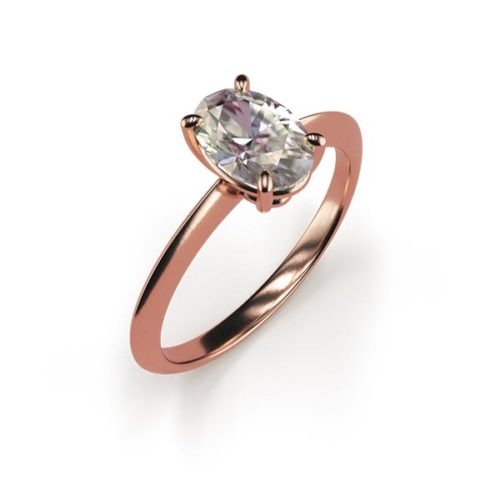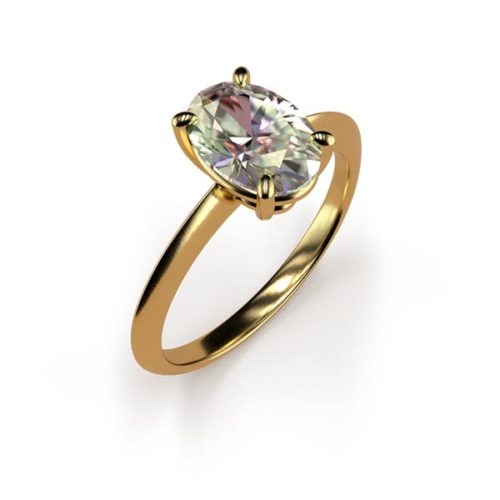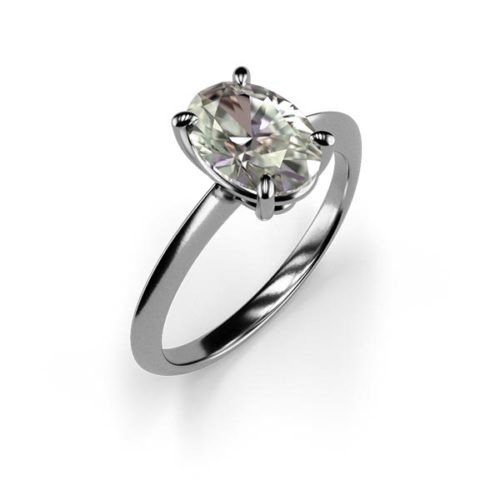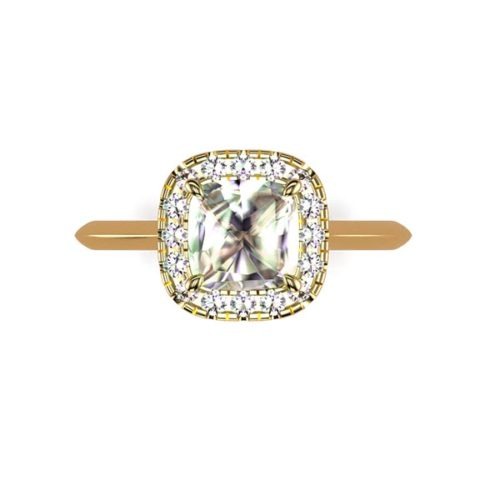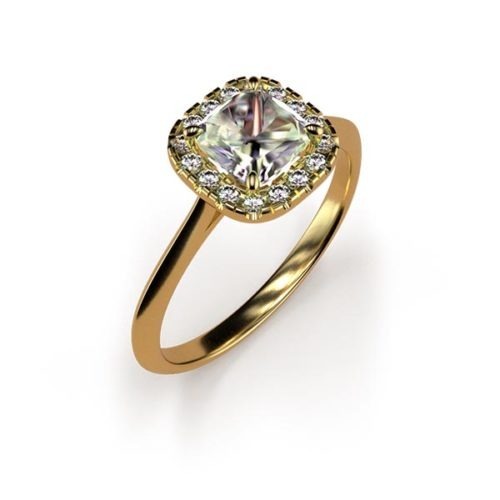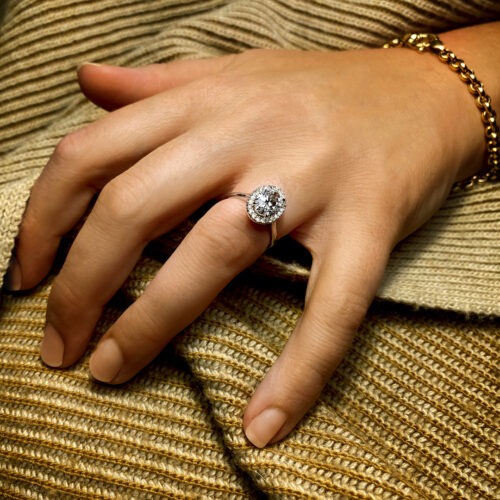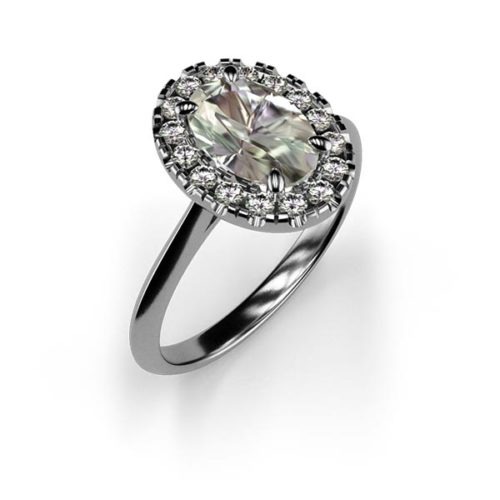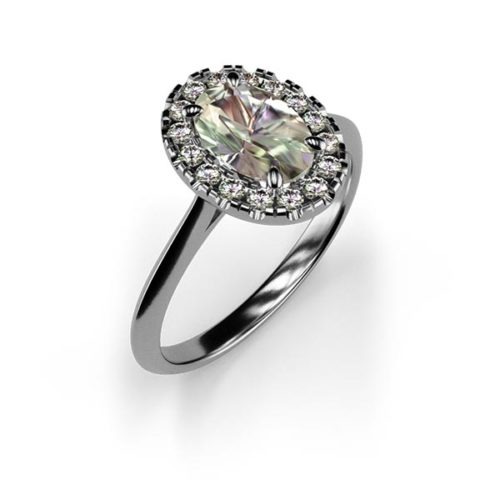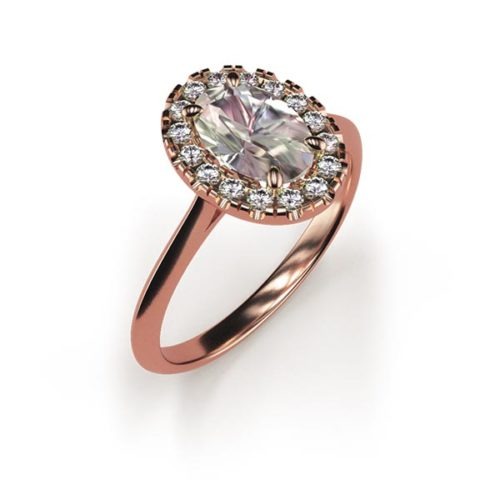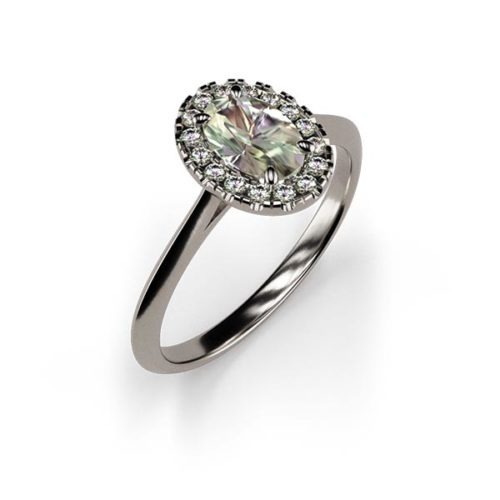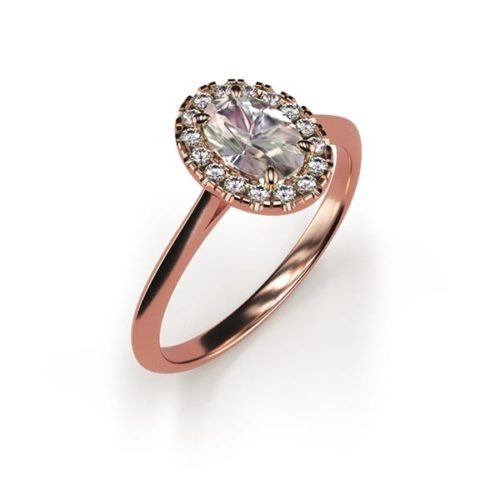What Are Lab Diamonds?
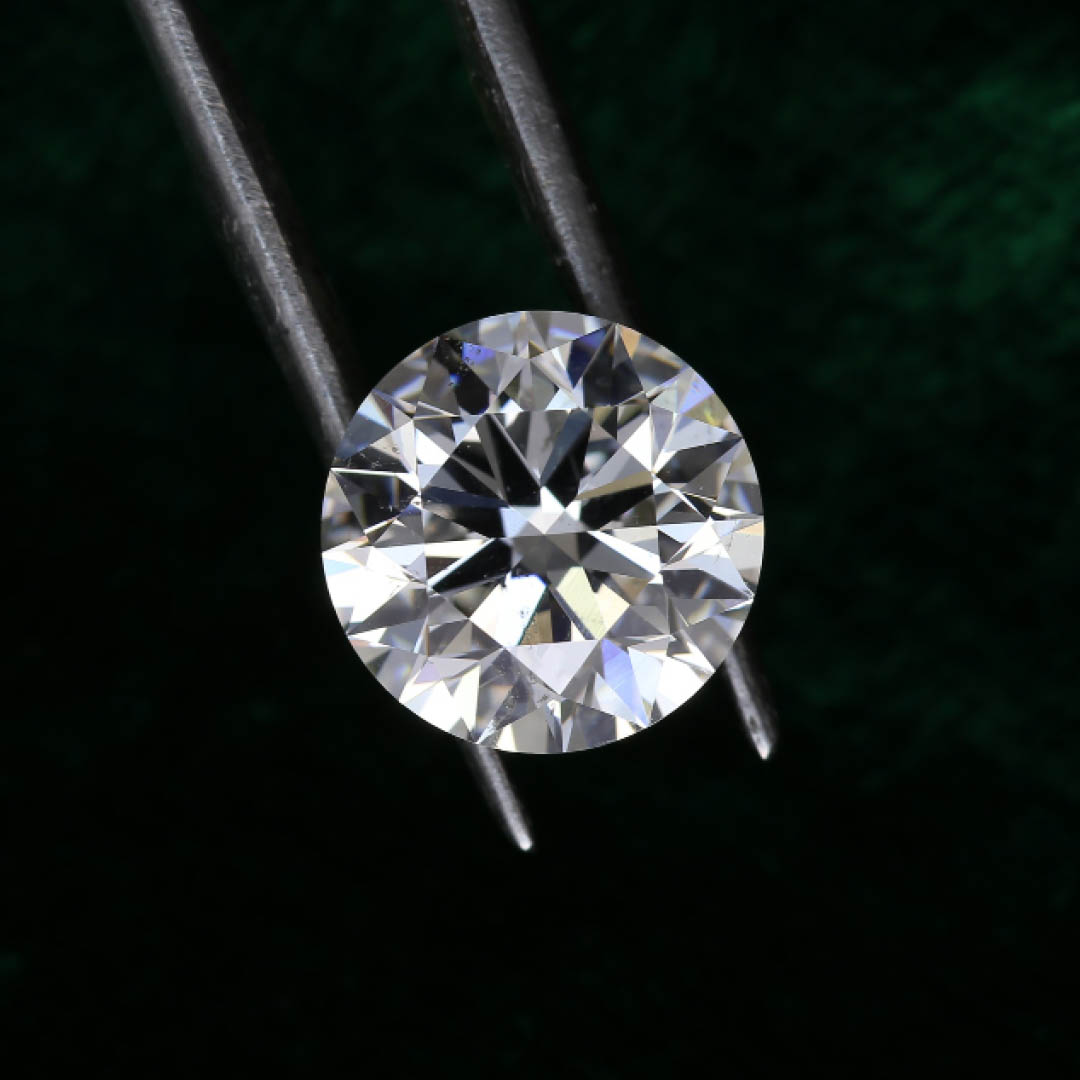
Welcome to the new world of diamonds. A world away from the dusty old mines of the past, many of today’s most beautiful stones come from high-tech laboratories. Eco-friendly, affordable, and ethically produced, it’s easy to see why lab diamonds are the new must-have accessory. In the modern world, it’s not just about the size of the rock. Smart brides, along with all of us looking to add a bit of bling to our lives, want to know that our diamonds were sustainably produced. We want to follow every step of our rock’s journey and know precisely what we’re getting.
Why Lab-Grown Diamonds Are the Ethical and Affordable Choice
And, of course, if we can get bigger diamonds that are just as beautiful at a lower price without the moral conundrum, it’s a win-win. Lab-grown diamonds are identical to mined diamonds, both to the naked eye and under a microscope. So, why pay the extra price for a diamond mined from the earth?
For a new generation of soon-to-be brides and jewellery lovers, lab diamonds are an obvious winner. Before you buy lab-grown diamonds, however, it’s essential to do your homework. Like everything that you buy, you will find that not all options are created equally.
Here’s everything that you need to know about lab diamonds.
Lab diamonds go by a few different names. You will hear people talking about man-made diamonds, engineered diamonds, and cultured diamonds. These are all exactly the same thing so don’t get caught up in the labels. Essentially, there are only two types of diamonds: mined diamonds and lab diamonds.
Lab-grown diamonds are diamonds that are created in — you guessed it — laboratories. In a controlled environment, scientists are able to recreate the exact same conditions in which diamonds naturally develop.
Perfecting Nature: Lab Diamonds vs. Mined Diamonds
Using carbon atoms, scientists duplicate every aspect that you would find inside of the Earth’s crust to develop a process that mirrors what occurs naturally. This creates a gemstone that is identical to the stone that develops inside of the earth.
Both from a superficial glance and in-depth analysis, every aspect of a lab diamond is identical to what you’d find in a mined diamond. In fact, the quality tends to be better in a lab diamond because the conditions are always ideal.
These ideal conditions allow diamond creators to produce nearly flawless diamonds every time. And those colours! While coloured diamonds are extremely hard to come by in nature, you can create the exact colour stone that you want in a lab. From vivid fancy yellow diamonds to pretty pink diamonds, you can create every colour of the rainbow in a lab.
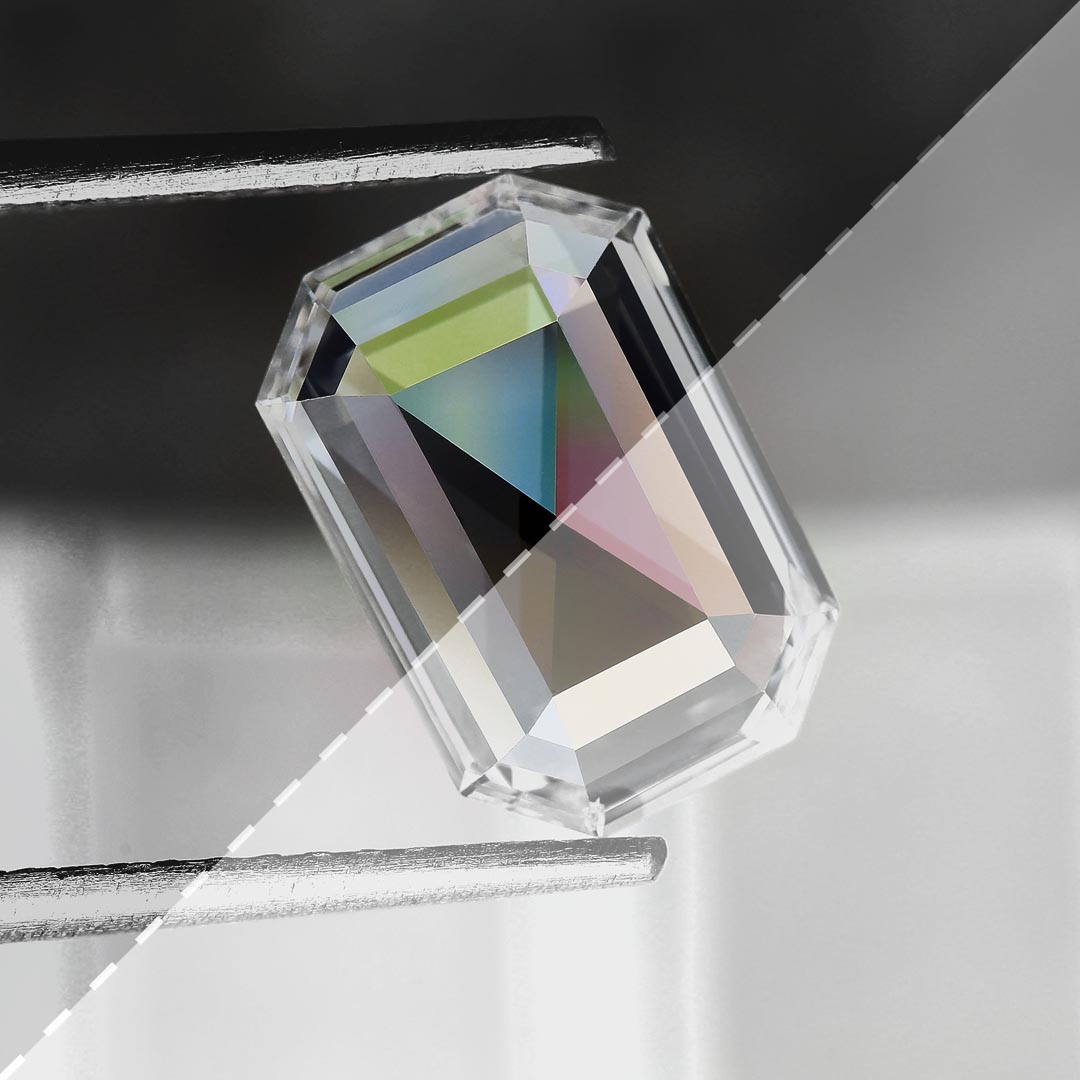
How to Choose a Good Quality Lab Diamond

Lab diamonds and mined diamonds are judged in exactly the same way. In both cases, it is all about the four Cs: cut, clarity, colour, and carat. These are the four essential aspects of choosing a good quality lab diamond.
The Four Cs of Lab Diamonds
The 4Cs of Diamond Quality standard was developed by the Gemological Institute of America (GIA) and has been the international gold standard of diamond quality for decades.
In order to find premium lab diamonds or good quality mined diamonds, it’s crucial to understand the basics of the 4Cs. You will see them mentioned in the description of any worthwhile rock from a trustworthy online jewellery store.
Lab Diamond Cut
You will see a range of options when it comes to your diamond’s shape. From round to emerald to pear to oval cut, it is all about preference here.
Here is a look at the most common diamond cut choices.

While it is an aesthetic choice, there are a few things to consider. First of all, there is the quality of the cut. The options will range from excellent to poor. The better quality that your cut is, the sparklier it will be. There are certain styles that create more sparkle like oval, marquise, and pear cuts.
Round is the most popular cut for diamonds. Without sharp corners, it’s a durable option. It also offers timeless beauty and stunning radiance. Emerald and baguette cuts are popular in Art Deco style rings have always been popular amongst vintage lovers.
And, which cut makes your diamond look bigger? Pear, oval, and emerald will make your rock look bigger than other cuts of the same carat.


Lab Diamond Clarity
Over billions of years inside of the Earth’s crust, diamonds developed under extreme pressure and heat. During this process, certain marks (called inclusions) developed. These inclusions also occur in a laboratory setting.
Lab diamond clarity is rated on a scale from flawless to included. Generally speaking, the more inclusions that your diamond has, the less expensive it will be. Here is a look at what to expect with each rating.
Fun Fact: Some diamond options, like salt and pepper diamonds, however, have turned the whole concept of clarity on its head and now certain inclusions are highly desirable.

Lab Diamond Colour
Mined diamonds and lab-grown diamonds come in a rainbow of colours. From pretty pink diamonds to dreamy blues to dramatic black rocks, colour gemstone lovers are spoilt for choices.
While vibrant yellow diamonds are popular, having a “yellowish” diamond is far less desirable. For an ideal stone, you’ll want that fancy yellow diamond or a stone that is nearly colourless.
Fancy colours aside (these are rated on a different scale), when you are shopping for colourless lab diamonds, you will see ratings that go from D to Z. This will show you how close to colourless you can expect your ring to be.

Any ring with a ranking from D (colourless) to Z (yellow) is considered a white diamond. While yellower stones are less expensive, you can find a beautiful ring at any ranking. Having a tint to your ring can create a warm effect that gives your stone a golden hue.
Lab Diamond Carat
While people often think that the carat refers to the size of a stone, it is more exactly tied to the weight of the rock rather than an exact mm of surface size. This is especially important to note as it relates to different cuts. As some ways of cutting a stone leave more beneath the surface of a setting, you can find that two exactly one-carat rings can appear different in size depending on their cut, setting, and bands.
Each metric carat weighs in at 0.2 grams. To get a precise measurement, diamonds are measured down to the exact one-hundredth of a carat. Here is what you can expect that to look like.

Determining the Value of Diamonds: Why Prices Vary
With so many variables in diamonds, you won’t find a standardised price per carat. You’ll also find that larger stones can jump dramatically in price. A three-carat diamond, for example, might be nine times more expensive than a one-carat rock. While that can seem counterintuitive based on the pricing we are used to seeing on everything else, it makes sense here. While three kilos of potatoes or apples might be cheaper than one kilo, diamonds are a different game altogether.
When it comes to mined diamonds, rocks bigger than one carat are hard to find. Gemstones of three carats or more are extraordinarily difficult to come by. For this reason, they come with a big price tag. While lab diamonds are significantly more affordable, they still don’t have a standardised price point because there are so many variables at play.
Differences in Diamond Alternatives: Cubic Zirconia VS Moissanite VS Lab Diamonds
With so many variables in diamonds, you won’t find a standardised price per carat. You’ll also find that larger stones can jump dramatically in price. A three-carat diamond, for example, might be nine times more expensive than a one-carat rock. While that can seem counterintuitive based on the pricing we are used to seeing on everything else, it makes sense here. While three kilos of potatoes or apples might be cheaper than one kilo, diamonds are a different game altogether.
When it comes to mined diamonds, rocks bigger than one carat are hard to find. Gemstones of three carats or more are extraordinarily difficult to come by. For this reason, they come with a big price tag. While lab diamonds are significantly more affordable, they still don’t have a standardised price point because there are so many variables at play.

What’s the Difference Between Cubic Zirconia and Lab Diamonds?

Cubic zirconia vs lab diamonds are two stones that are commonly confused. It is important to note that all cubic zirconia (CZ) you see for sale is manmade. While minuscule amounts of cubic zirconia have been found on earth, it is now created in a lab.
It is worth noting that the cubic zirconia you can buy in stores is lab-made cubic zirconia that imitates natural cubic zirconia. Just as natural CZ is made from zirconium dioxide, lab-grown is made from zirconium dioxide. Meanwhile, diamonds mined from the earth as well as lab diamonds are made from carbon.
Cubic Zirconia vs. Lab Diamonds: A Comparison of Hardness and Sparkle
The difference between carbon and zirconium dioxide creates crucial differences in cubic zirconia and lab diamonds. Since they are made of different materials everything from the hardness level to the sparkliness is affected.
While diamonds, including lab diamonds, famously rate a ten on Mohs Scale of Hardness, cubic zirconia comes in around 8.5. Cubic zirconia also has a lower refractive index than diamonds so you’ll find they are less shiny and have a different kind of reflection.
Bottom line: Does cubic zirconia give you flashbacks to the cheesy rings of the 90s? We’re right there with you! While there are gorgeous cubic zirconia options these days, they just don’t stack up to moissanite and lab diamonds. Browse our affordable engagement ring options and see the stunning options available these days for less than $500.
What’s the Difference Between Moissanite and Lab Diamonds?
One of the most common questions that we get is: What is moissanite? This affordable diamond alternative is relatively new on the scene but it has completely taken over. Like lab diamonds, moissanite is an affordable, ethical, and greener option to mined diamonds.
Like cubic zirconia, moissanite is indeed a gemstone in its own right. It was discovered by French scientist Henri Moissan in 1893. He found it inside of a crater after a meteorite crashed into Arizona. While he originally thought it was a diamond, he later discovered it was a mineral made of silicon carbide. The famous new stone was named after Moissan.
Since that initial discovery of moissanite, very few additional sites have been found. This means that all of the moissanite rings you buy today are made in a laboratory.
Moissanite is widely considered to be one of the best affordable alternatives to diamonds and stands alongside lab diamonds are a gorgeous yet green gemstone pick.
